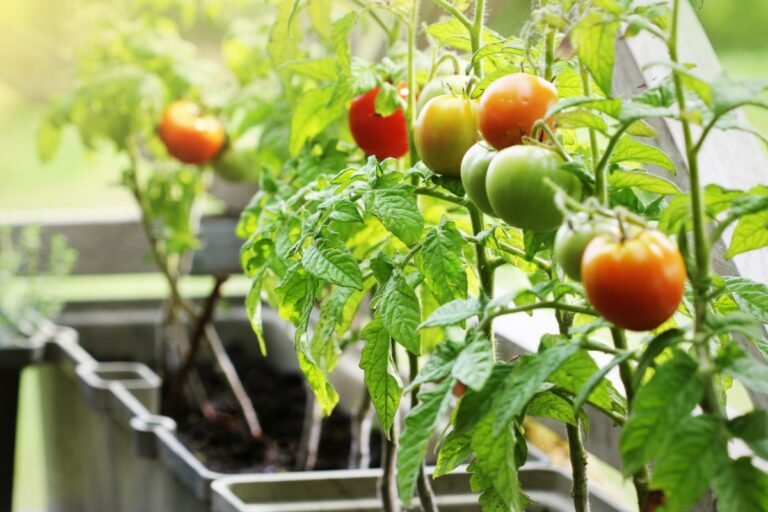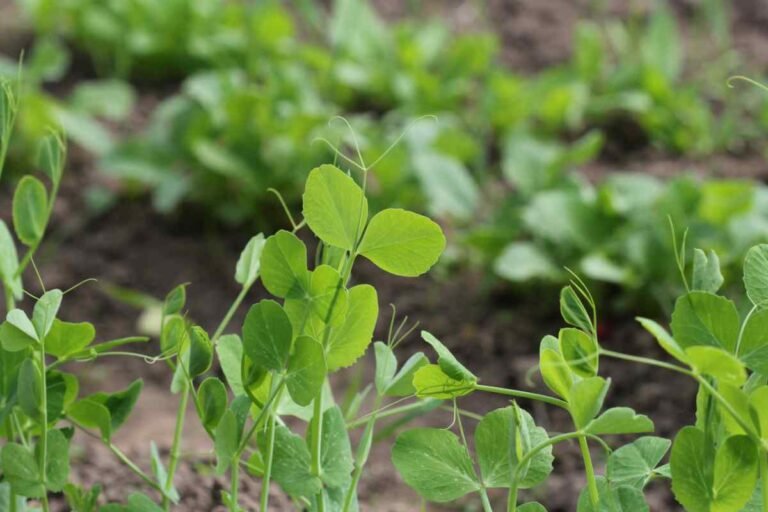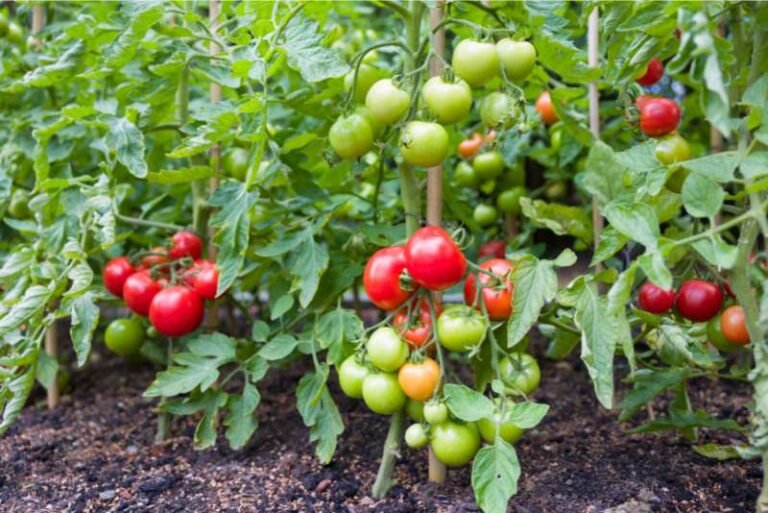How to Grow Bell Peppers in Pots?
Growing bell peppers might be a little challenging. Therefore, you might choose to plant your bell peppers in pots even if you have a garden. This is because growing plants in pots make it easier to control the temperature, water, and fertilizer. As a result, bell peppers grown in pots may produce peppers with better pods. In this article, we have described simple instructions about how to grow bell peppers in pots.
Varieties of Bell Peppers
Bell peppers are classified as sweet peppers as compared to hot variants like jalapenos. Despite being the most common, green fruits are the least sweet since they haven’t fully matured. The same plant produces red peppers, which are sweeter because they are left on the plant longer to ripen. Due to the lengthier growing and harvesting times, they are more expensive in the store. Several varieties are:
California Wonder: Red Color
Orange Sun: Orange Color
Golden California Wonder: Yellow
Sweet Bell Blend: Mix variety that produces red, yellow, and orange on the same plant
Purple Beauty: Purple color
Baby Belle: have a crisp texture and deliciously sweet flavor. These delightful small bite-sized beauties are deliciously eaten straight from the plant.
Yum Yum Gold: these are self-fertile, sweet little yellow peppers containing very few seeds.
Instructions for Growing Bell Peppers
Growing Bell Peppers from Seeds
Although bell peppers can be grown from seeds, it is better to start them indoors about 8 to 10 weeks before the last frost because they want to be warm. Patience is essential because seedlings might take anywhere from several weeks to emerge.
Again, a warmer is preferable, and using a heating pad or heated propagator will yield better results. These are incredible things. Unless the seed packaging specifies differently, pepper seeds should be sown approximately 1/4 inch deep into the soil.
Keep the soil at 70°F (21°C) or higher for quicker germination.
It may take 2 to 5 weeks for germination, and another 60 to 90 days for harvest.
Growing Bell Peppers from Seedlings
Since the pepper’s growing season is lengthy (60 to 90 days), most home gardeners acquire starter pepper plants (seedlings) from the nursery rather than starting them from seed.
Just like tomatoes, if you’re using seedlings, plant them in top-notch potting soil up to their lowest leaves. You’ll probably only get one plant per container because seedlings need to be spaced around 18 to 24 inches apart.
Wait until two to three weeks after the latest anticipated frost to plant seedlings outdoors, whether they were grown from seeds or purchased at a garden center or nursery.
When it’s time to plant outside, choose a sunny site that gets at least 6 hours of sun per day because bell pepper plants adore the sun.
Watering
Regularly water your plants with between one and two inches of water each week. This does not imply sparing watering; peppers enjoy a thorough soaking, but they require a time of relative dryness in between waterings.
Watering slowly and deeply promotes strong root development. Avoid allowing pepper plants to wilt as this will lower fruit yield and quality. When bell pepper receives irregular irrigation, blossom-end rot is more likely to occur.
Harvesting
As soon as the plants begin to produce the fruits, pick them right away as they have reached their full size and color. Regular harvesting stimulates plants to produce more fruits and blooms, naturally.
To remove peppers from the plant, use a sharp knife or scissors.
The longer bell peppers are kept on the plant, though, the sweeter and more vitamin C they contain.
How to Store Bell Peppers?
After being harvested, peppers can be stored in the refrigerator for up to ten days in plastic bags.
Bell peppers can also be frozen for later use.
You can also dry peppers: Set the oven to 140 °F. Wash, seed, and core. Make 1/2-inch wide strips. Spread after about 10 minutes of steaming on a baking sheet. Dry in the oven for 4 to 6 hours, rotating the trays occasionally. Cool, then put them in bags and put them in the fridge.
Pests and Diseases
- You should look for spider mites and aphids on your leaves. By growing pungent-smelling herbs in nearby pots, you can keep aphids away. If they appear, try repeatedly shaking or spraying the leaves to remove them.
- If you don’t keep the plants moist, blossom end rot will appear. On the other hand, if your soil is poorly drained, root rot may become an issue. Use premium potting soil with lots of organic matter and make sure your container has appropriate drainage (at least one or two drainage holes on the bottom).
- Reusing pots that have recently held other veggies like tomatoes, potatoes, or eggplant is not advised. They can therefore be susceptible to diseases that have been carried over from past seasons. If you sanitize pots between seasons, this would not be as big of a problem.
- Bell peppers thrive in environments with tomatoes, carrots, eggplants, corn, and cucumbers. They shouldn’t be planted close to plants related to cabbage or apricots since they could contract a fungus that would damage their life cycle.
Do Peppers Have Male and Female Varieties?
According to a common misconception, pepper fruits can either be male or female, with male peppers having three bumps on the bottom and being better for food preparation, while female peppers have four bumps, more seeds, and are sweeter, making them better for eating raw. Not true at all!
Since pepper fruits do not have gender, any apparent distinction between fruits is only a product of growing conditions or variation.
How Many Peppers Each Plant Produces?
Each good plant can produce up to 5–10 bell peppers. To promote the plant to yield more blossoms rather than fruit, you must harvest them as soon as they are ripe.







